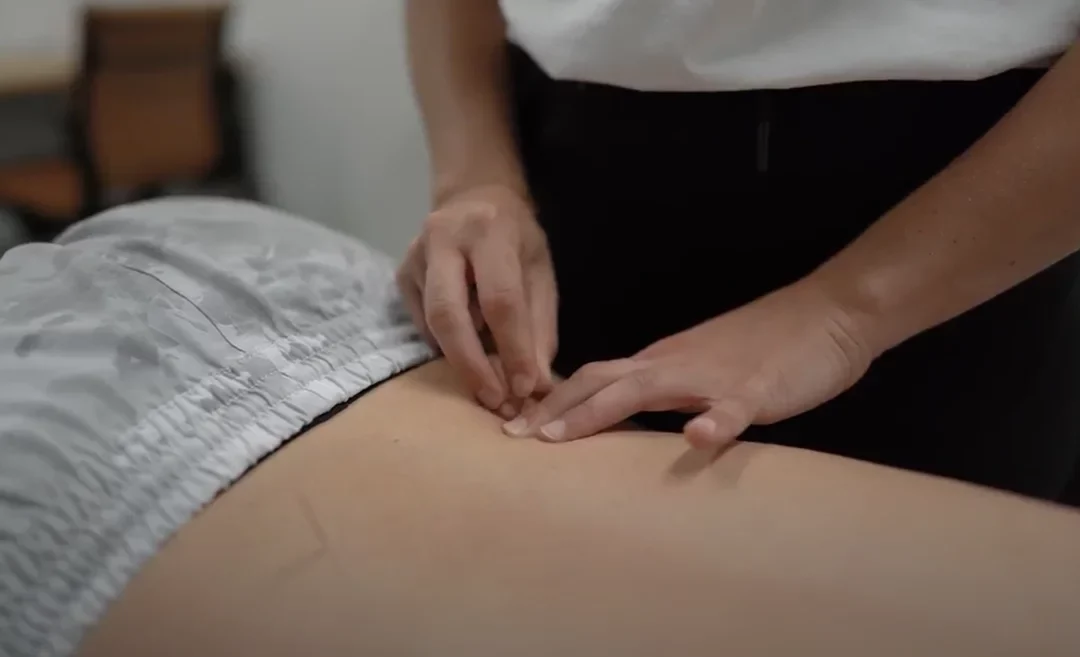Introduction – Why Sciatica Pain Can’t Be Ignored
If you’ve ever felt that nagging pain that shoots from your lower back down your leg, you’re probably familiar with sciatica. And if you’ve dealt with it for a while, you’ve likely tried everything—stretches, rest, pain meds, maybe even a few awkward yoga poses. But what if there’s something different that could actually target the root of the pain? That’s where dry needling for sciatica comes in. It’s a lesser-known treatment that’s been helping a lot of people find real, lasting relief—especially when more traditional methods just don’t cut it.
At Accelerate Therapy & Performance, we see a ton of people struggling with sciatica, and dry needling is one of the options that really gets results when used correctly. This guide is here to walk you through what it is, how it works, and whether it might be a smart option for you.
Understanding Sciatica – Why Does It Hurt So Much?
To get why dry needling might help, it’s important to understand what’s really going on when you have sciatica.
Sciatica isn’t a condition by itself—it’s actually a set of symptoms caused by irritation or compression of the sciatic nerve, the largest nerve in your body. The sciatic nerve starts in your lower back and travels through your hips, glutes, and down each leg. When something puts pressure on this nerve (like a herniated disc, tight muscles, or spinal misalignment), you might feel burning, tingling, sharp pain, or numbness that radiates down your leg.
In many cases, the piriformis muscle (deep in your buttocks) can become tight or spasmed, pressing directly on the sciatic nerve. That’s where dry needling can really make a difference.
What Actually Causes Sciatica?
There are quite a few culprits behind sciatic nerve pain. Some are more serious than others, and some are things you can start fixing today.
1. Muscle Tightness and Trigger Points
Tight muscles in your lower back, hips, and glutes—especially the piriformis—can create tension and compress the sciatic nerve. These muscle knots or trigger points can refer pain down the leg just like nerve pain.
2. Herniated or Bulging Discs
A slipped or bulging disc in the lumbar spine is a common cause of sciatica. The disc material can press against the nerve root, leading to inflammation and pain.
3. Degenerative Disc Disease or Spinal Stenosis
As we age, the spine naturally changes. If spinal spaces narrow (spinal stenosis), nerves can get pinched.
4. Injuries or Poor Posture
Falls, car accidents, and even bad lifting form at the gym can trigger nerve issues. Sitting for long periods with poor posture is another major contributor.
5. Underlying Medical Conditions
Conditions like diabetes, tumors, or infections can also irritate the sciatic nerve—though these are much less common.
How Do You Know If It’s Sciatica?
Sometimes sciatica is obvious—other times, not so much. Here’s how to tell if it might be time to get it checked out.
Self-Assessment Signs
- You feel pain that starts in your lower back or buttocks and travels down one leg
- The pain feels sharp, electric, or burning
- You get numbness, tingling, or muscle weakness in the leg or foot
- It gets worse when you sit, cough, or sneeze
If that sounds familiar, it’s worth getting a proper evaluation—especially if home remedies haven’t helped.
When to See a Pro
Don’t wait around if:
- Your pain is severe or sudden
- You’re losing bladder or bowel control (emergency)
- You have weakness that makes it hard to move your leg or foot
A physical therapist can assess your symptoms, check your movement patterns, and help figure out the actual cause—not just cover up the pain.
What Is Dry Needling—and Can It Help?
Dry needling is a modern technique used by physical therapists to relieve pain, improve mobility, and relax tight muscles. It involves inserting thin, sterile needles into trigger points—those tight, sensitive areas in your muscles.
Unlike acupuncture, which is based on traditional Chinese medicine, dry needling is grounded in Western science and focuses on muscle dysfunction and pain patterns.
For sciatica, dry needling can:
- Release tight muscles pressing on the sciatic nerve
- Reduce inflammation in the surrounding tissues
- Improve blood flow and healing in the painful area
- Interrupt the pain cycle so your body can reset and move better
What a Dry Needling Session Looks Like
At Accelerate Therapy & Performance, your first session starts with a full evaluation. We don’t just treat symptoms—we look at how you move, sit, stand, and walk to get the full picture.
If dry needling is a good fit, we’ll identify the trigger points in your glutes, piriformis, hamstrings, or lower back and insert the needles directly into those muscles. You might feel a quick twitch, a slight ache, or nothing at all—it’s different for everyone. Most people walk away feeling looser, lighter, and surprised at how fast the tension drops.
Dry needling is often paired with manual therapy or corrective exercises to lock in the results.
Can You Try Anything at Home First?
Absolutely—but keep in mind that not all cases of sciatica will respond to home care alone. Here are a few things you can try:
- Heat and ice: Alternate between hot and cold packs to manage inflammation and tension.
- Gentle stretching: Target the piriformis, hamstrings, and lower back.
- Foam rolling: Carefully roll out tight glutes and hamstrings (avoid direct pressure on the spine).
- Walking: Short, frequent walks can help decompress the lower back.
But if the pain keeps coming back or gets worse, it’s time to bring in a pro.
Long-Term Relief: More Than Just One Session
Dry needling can be a game-changer, but the real magic happens when it’s part of a comprehensive treatment plan. At Accelerate Therapy & Performance, we combine dry needling with:
- Personalized physical therapy exercises to build strength and flexibility
- Postural training to keep pressure off the sciatic nerve
- Mobility drills to free up your hips and spine
- Lifestyle advice on things like sitting posture, work setup, and activity modification
We focus on what your body needs—not just a generic routine.
How to Prevent Sciatica from Coming Back
Once you’re feeling better, here’s how to stay that way:
- Strengthen your core – A strong core supports your spine and reduces pressure on nerves.
- Improve hip mobility – Stiff hips can lead to poor movement patterns and muscle compensation.
- Watch your posture – Avoid slouching, especially when sitting for long periods.
- Stay active – Keep your muscles working and joints moving.
- Lift smart – Bend at your knees and use your legs, not your back.
Your body wants to feel good—you just need to give it the right tools.
Book Your Sciatica Consultation Today
You don’t have to just “live with” sciatica. Whether you’ve had pain for weeks or years, dry needling might be the missing piece of the puzzle. At Accelerate Therapy & Performance, our team knows how to pinpoint what’s going wrong—and how to fix it in a way that actually works for you.
We’re here to help you move better, feel stronger, and get your life back—without pain holding you back.
Let’s figure it out together. Book your appointment today and find out if dry needling is the right fit for your recovery.
Contact Us Now to schedule your consultation at Accelerate Therapy & Performance.



